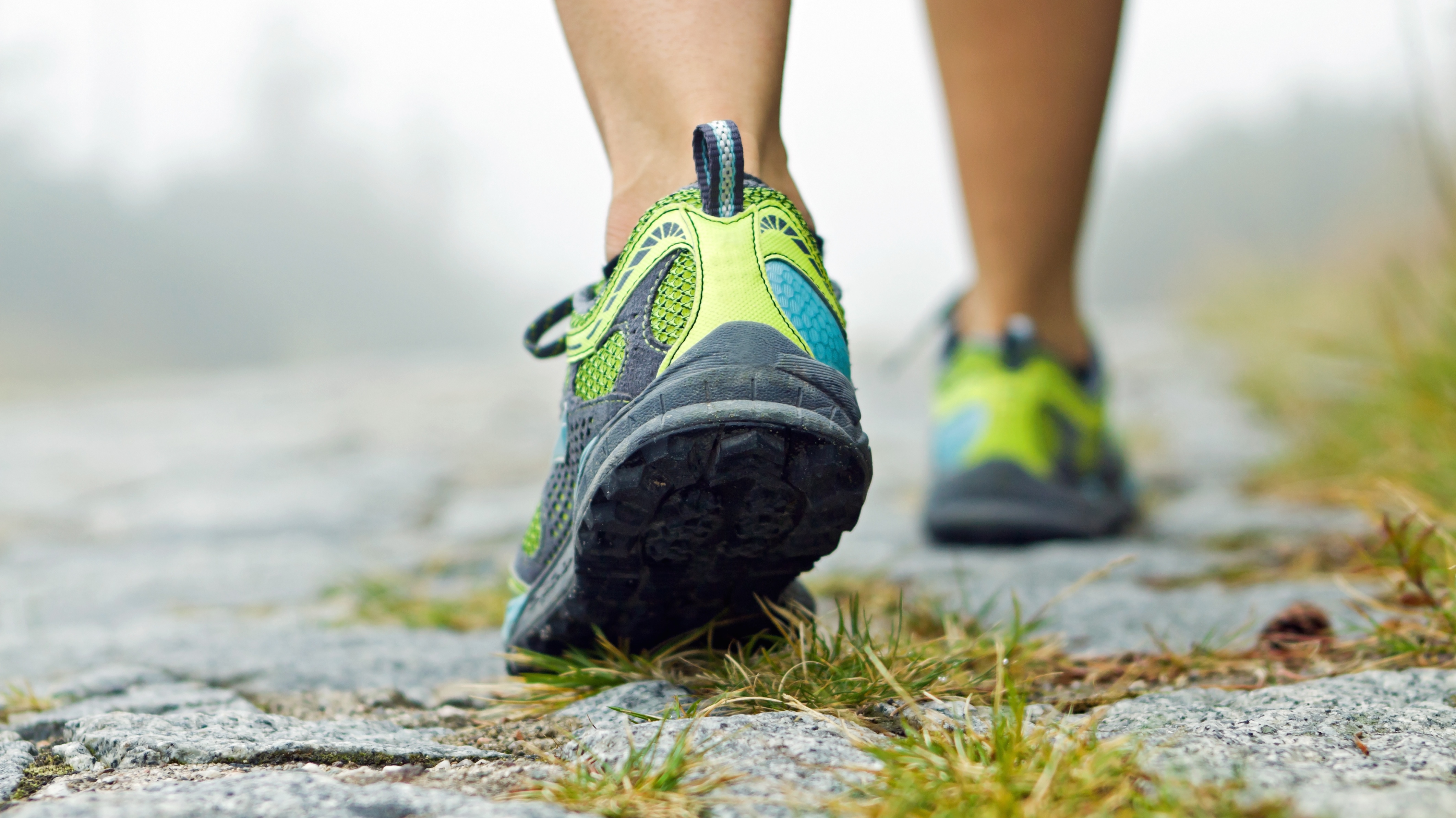
Walking can be a fitness activity enjoyed by all age groups, providing a low impact exercise which can improve lung, heart and circulatory function. Walking is a low intensity fitness activity which is ideal for those who have low fitness levels, or are excessively overweight. The intensity of the exercise can be varied, with walking speed and terrain dictating effort applied. There are various health benefits associated with increased walking, including: lower blood pressure, reduced LDL cholesterol, reduced chance of heart attack and decreased proneness to heart disease.
Walking can be performed at very low intensity, walking at normal speed with little effort applied. This level of intensity may be suitable for those with low levels of fitness, or are excessively over weight. Walking intensity can be built up, with a brisk walk increasing intensity; making the heart, lungs and circulatory system work harder, and increasing calorie expenditure. The level of intensity and the duration of the walk will determine calories expelled, as well as the level of effort the cardiovascular system has worked.
Walking as an exercise
A brisk walk should begin with a low intensity walk, ensuring the muscles of the calfs are prepared for the greater intensity walk. A five to ten minute stretching session may prove useful after a low intensity work, pre main walking session. The inexperienced walker may find a walk around their local area useful, at a low intensity pace. Urban areas are commonly flat, and may provide greater comfort for those who do not have much confidence in their fitness ability, with people and facilities close by. It should be mentioned that those with a low level of fitness ability, are excessively overweight, or have lived a relatively sedentary lifestyle should seek advice from their GP before proceeding with any fitness activity.
Walking can be made harder by increasing walking speed, duration, and the terrain walked on.
Walking can be performed two to four times per week, and between twenty to sixty minutes in duration. Longer walks require more equipment to be taken to ensure safety, as well as food to ensure nutrient and energy intake. Increasing the amount we walk is possible for almost everyone, with a change of attitude when it comes to travel. Walking into town, to the local shops, or to work, (instead of taking the car, or the bus) can add up to a real difference in activity level over the course of a week.
Walking checklist
Walking requires very little equipment, although some things should be taken into consideration, depending on the walk length and location.
• Wear suitable footwear for the terrain being walked. Flat solid ground will require fully laced, rubber soled, and well supported trainers. Varied terrain will require walking boots to supply sufficient support. Seek advice from your local footwear or outdoor shop.
• If walking in dark areas, or through unpopulated areas, a whistle should be kept in the pocket for safety.
• Know your route and the local area.
• If walking for any significant distance always keep a waterproof jacket in your possession, in case of rapid whether change.
• Ensure enough fluids are taken on walks to maintain hydration levels.
• Long distance walks should allow for nutrient intake, so ensure a packed lunch is taken.
• Walking with a partner is not only safer, but also provides great motivational aid.